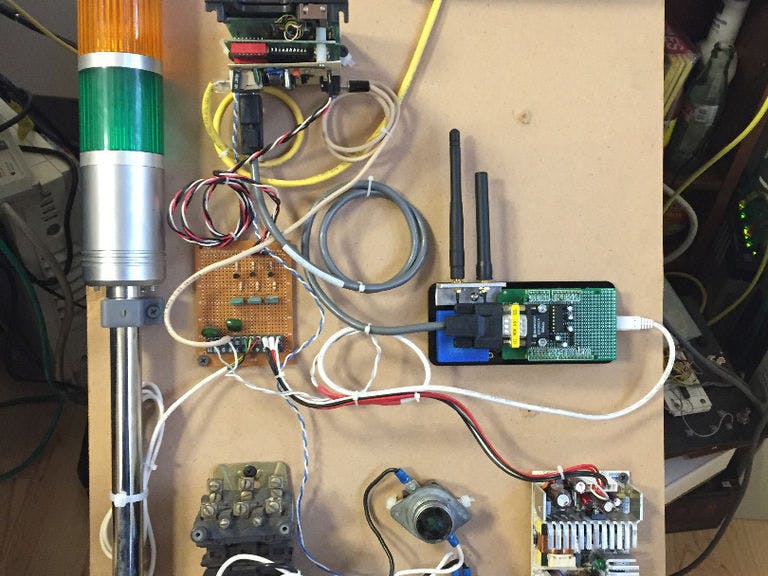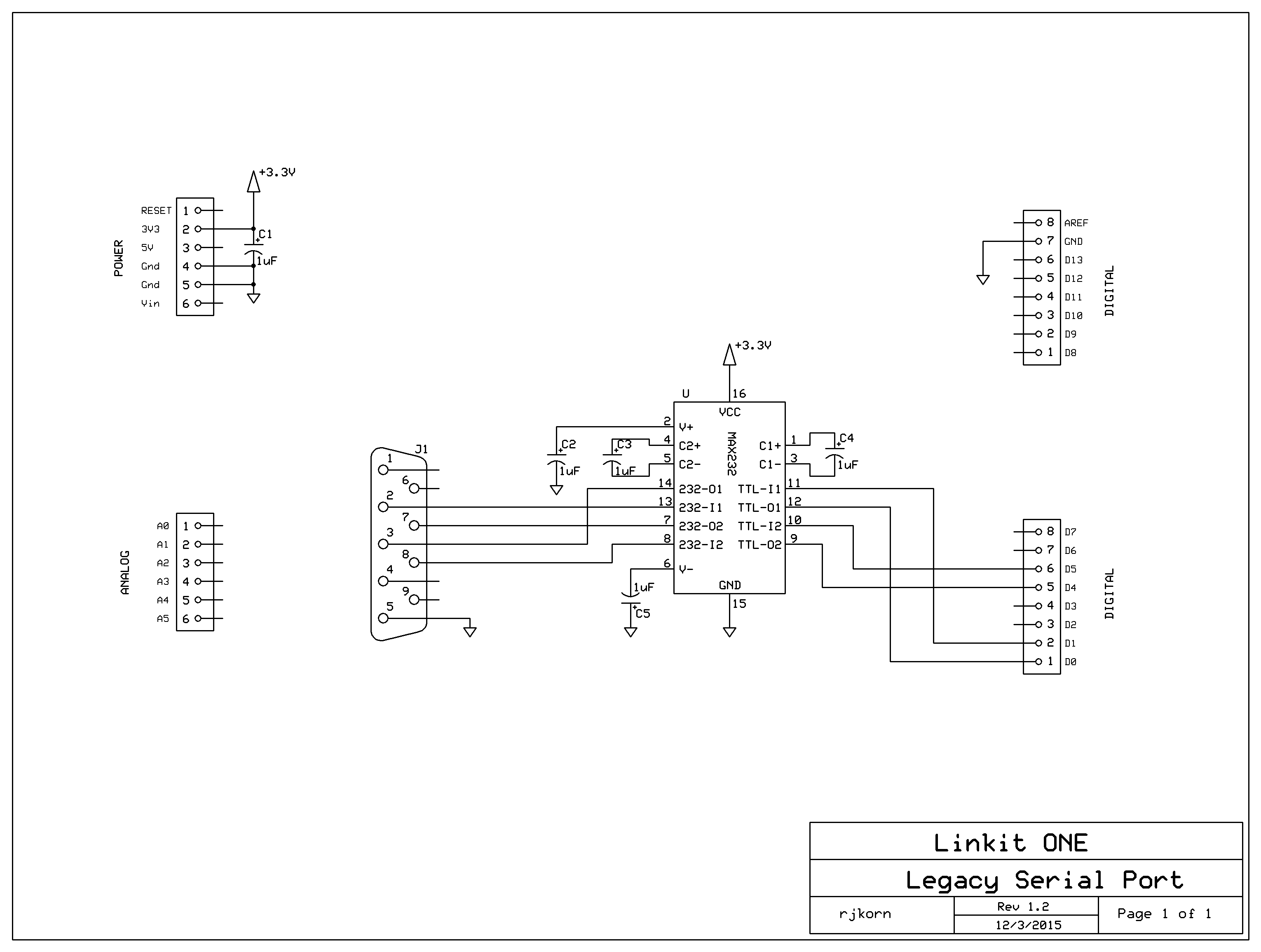EV chargers are starting to show up everywhere. We had started an EV project at school and we considered to big commercial chargers but what about the DIIY'er? We made this simpler charger. The software interfaced with our card sytem so any community member could activate the charger with their ID card. Instead of an SAE cord we used a standard NEMA electrical outlet just like at the RV parks or Boat docks.
Step 1: Small Prototype and Proof of Concept ChargerThe first thing to do is build the prototype. Its a small version of the charger that can sit on your desktop. Great for testing code updates too.
I used some surplus Magtek serial readers I had lying around. The came from old Gas Pumps and had a small regulator board attached. I replaced that board with a new one holding a small pic that could watch the serial stream to the display and intercept some control characters. I chose characters the display would ignore but that could be used to control the signal lights and charger port relay.
They have a standard RS232 serial interface. I made a small plate from a scrap of aluminum to hold 4 led's and mounted it to the face of the reader.
3 of the led's are for status of the system and the 4th is to show when the charger port is on. We used Patlite Signal Tower's in the final units. You commonly see these in the supermarket and the checkout line to tell you which register is open.
A green light means the charger is ready and available. A yellow light means the charger is in use. And a red light means there is some fault in the system. Loss of power, network or some other reason the machine is unavailable.
Step 2: HardwareTo get the Linkit to communicate with the display and readers all you need is an RS-232 level shifter. I used the ubiquitous Max232 and mounted it to a proto shield board.
There is plenty of space here to place the pic micro I added to the Magtek reader board. You could even change the code to use Linkit One Digital I/O pins to drive the lights and SSR directly. You would only need a small transistor array chip like a ULN2003. This would eliminate the need for the PIC altogether but I like having the drivers isolated to a separate part of the enclosure. This keeps HV away from the Linkit One.
Step 3: The Larger Deployment ModelThis one used the real full sized components arranged on a large piece of particle board and covered by Plexiglas. We had this on display for green week and encouraged people to swipe their cards to see their name appear on the display. Thinking back we should have used the log to give away prizes....
Step 4: CircuitryIt's all pretty straight forward. The Patlite was driven by some darlington transistors. I didnt include detailed schematics since if you are into EV's you should be able to wire a darlington driver blindfolded. As you can see I made my darlington drivers from discrete components but with the new LED Patlite's I found KSP-13's work great.
The unit was powered by a standard open frame power supply most often used in external 5.25 PC Hard Drive cases.
We used a solid state relay to provide a 120V feed to power a large 3 phase contactor.
Even though we know most people used 5-20 and 6-20 outlets on their homebrewed EV's we thought it might be more useful if we also added L14-30 and L21-30 outlets for the bigger projects. I even took a trip to some local stores that supply RV's so see what kinds on power adapter cables they usually stock.
Step 5: SoftwareWe used a proprietary card system vendor that charged us $5000 for the license to interface to their backend. Probably the most expensive part of the whole project. I really wanted an open alternative.This was easily made using just the power of the Linkit One.
I've attached a demo sketch to get you started and allow you to test a prototype quickly. There is a live sketch with no checks for card number. This way any card would work.
The SMS capabilities of the Linkit can be used to send text notifications when the time runs out. I put the VFD message in and then realized it wasnt really needed. This would be a nice improvement over our email only notifications but without the fancy notifications it can be relatively cheap to operate. This way we can run these without having to charge any money. I thought about using the Paypal api but I want this to be a free community resource.
The DIY EV community has a list of local places you can charge your car. Id love to see these on the walls of garages in the community.
Step 6: TestingHere are a few movies of it in action.









Comments
Please log in or sign up to comment.